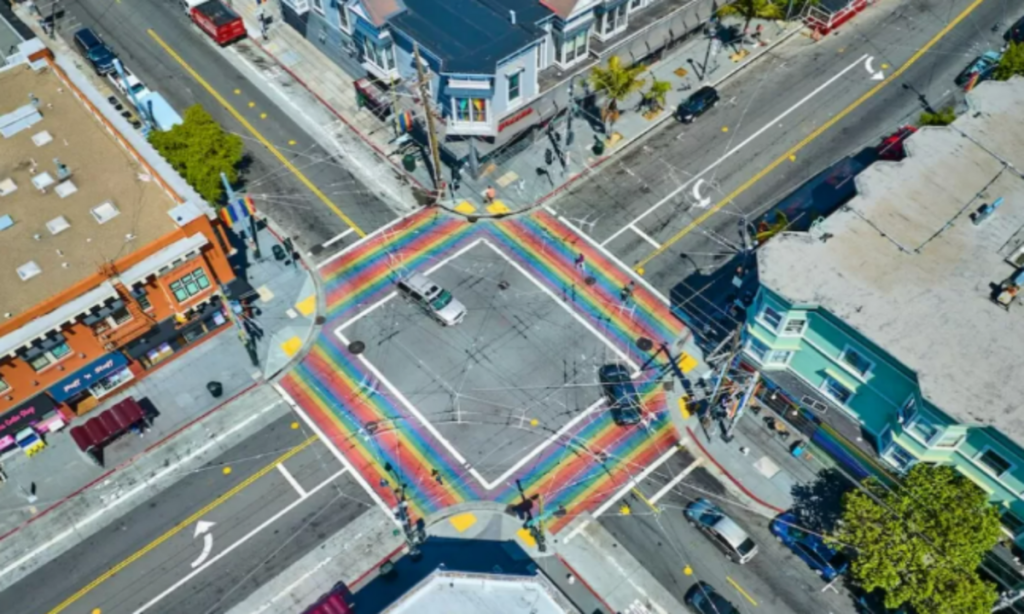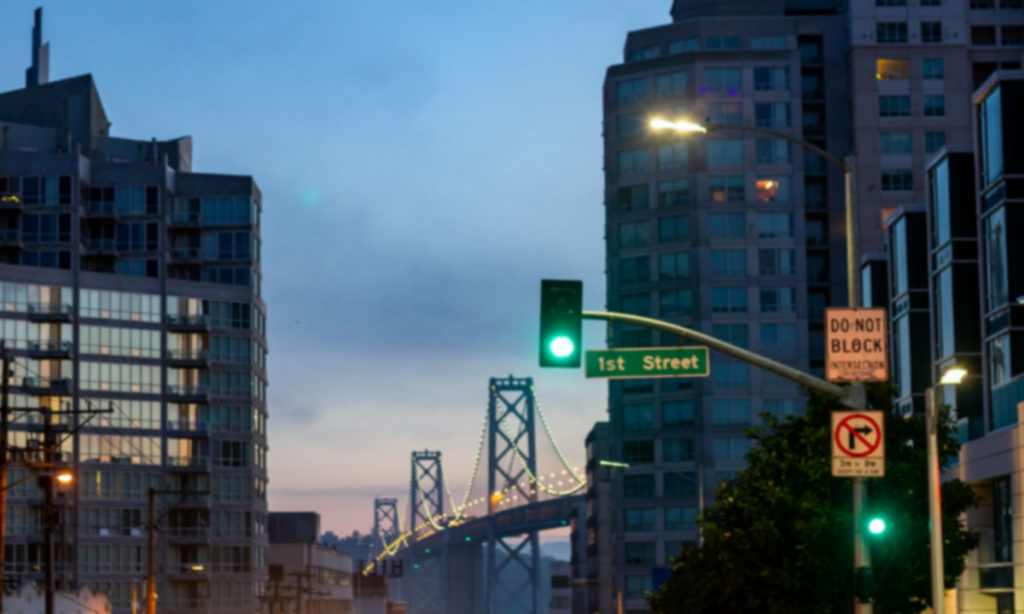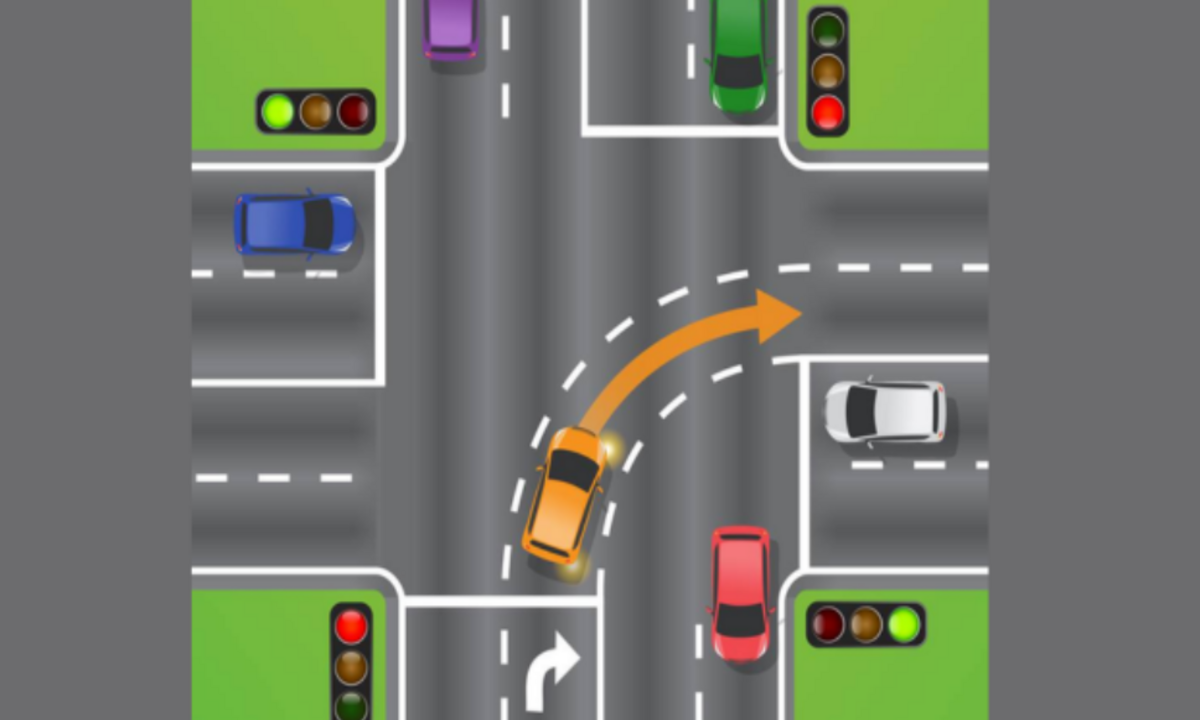San Francisco is taking significant steps to enhance pedestrian safety by proposing a citywide ban on right turns at red lights. This initiative aims to reduce accidents involving pedestrians and cyclists, making the city’s streets safer for everyone.
Current Law and Proposed Changes
Under existing California law, drivers are permitted to make right turns at red lights after coming to a complete stop and yielding to pedestrians and oncoming traffic, unless a sign indicates otherwise. However, San Francisco‘s Municipal Transportation Agency (SFMTA) is considering a comprehensive ban on this practice at all signalized intersections within the city. This proposal follows successful implementations in areas like the Tenderloin District, where banning right turns on red has led to a significant decrease in pedestrian-related accidents.
Reasons Behind the Proposal
The primary motivation for this proposed ban is to enhance pedestrian and cyclist safety. Data from the SFMTA indicates that approximately 20% of pedestrian and bicycle-related injury crashes at signalized intersections involve drivers making right turns on red. By eliminating this maneuver, the city aims to reduce these incidents and create a more predictable environment for all road users.
Support and Opposition
The proposal has garnered support from various city officials and safety advocates. Supervisor Dean Preston, who introduced the resolution, emphasized the success of the Tenderloin’s no-turn-on-red policy and advocated for its expansion citywide. Advocacy groups like Walk San Francisco also back the initiative, highlighting the potential for reduced conflicts between vehicles and pedestrians.
However, some opposition exists. Critics argue that a blanket ban could lead to increased traffic congestion and may not significantly impact pedestrian safety. They suggest that targeted restrictions at high-risk intersections might be a more balanced approach.
Implementation Timeline
If approved, the SFMTA plans to roll out the ban in phases, prioritizing intersections with high pedestrian traffic and a history of related accidents. The initial phase would focus on downtown areas, with subsequent expansions to other parts of the city. The agency aims to complete the implementation within a specified timeframe, ensuring adequate signage and public awareness campaigns accompany the changes.
Impact on Drivers and Pedestrians
For drivers, this change would require adjusting to new traffic patterns, potentially leading to longer wait times at intersections. Motorists must stay informed about the new regulations to avoid violations and ensure the safety of all road users.
Pedestrians and cyclists are expected to benefit from reduced conflict points with vehicles, leading to safer and more comfortable street crossings. The city anticipates that these changes will encourage more walking and cycling, contributing to environmental benefits and improved public health.
Comparison with Other Cities
San Francisco’s move aligns with actions taken by other major cities. New York City has long prohibited right turns on red, contributing to its pedestrian safety efforts. Washington, D.C., and Seattle have also implemented or are considering similar bans, reflecting a growing trend towards prioritizing pedestrian safety in urban planning.
San Francisco’s proposed ban on right turns at red lights represents a proactive approach to enhancing San Francisco road safety for pedestrians and cyclists. While it may require adjustments from drivers, the potential benefits in reducing accidents and promoting a more walkable city are substantial. As the city moves forward with this initiative, continued dialogue among all stakeholders will be essential to ensure its successful implementation and acceptance.
Disclaimer—Our team has checked this article to ensure its accuracy and eliminate any misinformation. We are committed to providing clear and reliable information for our readers.


